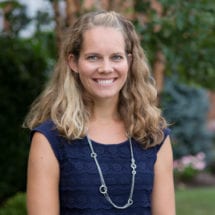Considering Eastern Christian School? Join us at an upcoming open house event or take a personal tour! Register Online
New Multicultural Literature at ECES
Take a moment to look at and reflect on the image below:
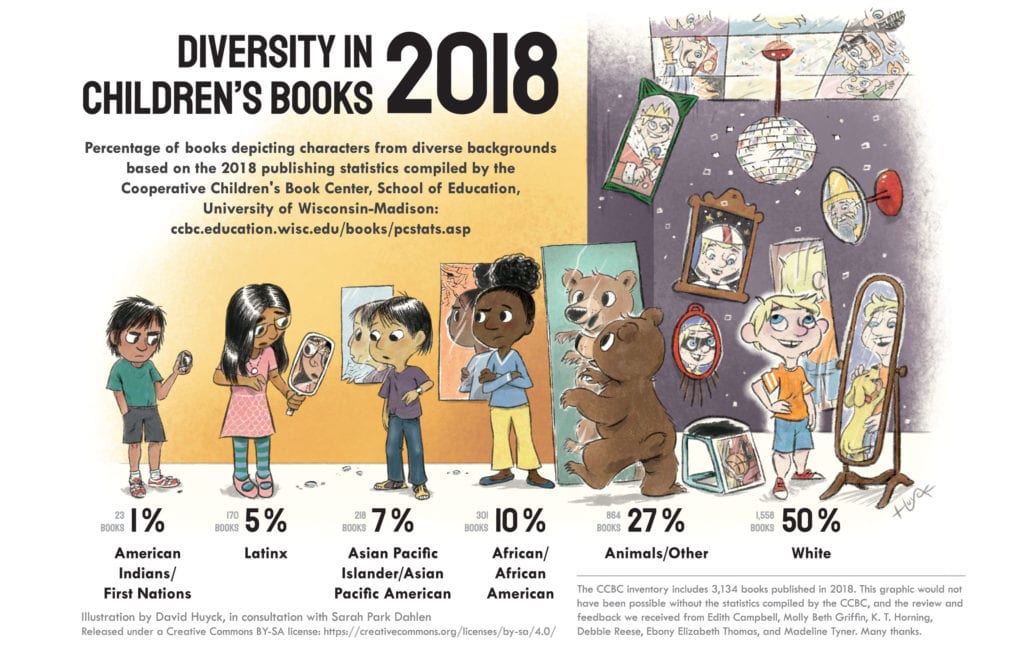
The graphic* above depicts a big problem in the books that are available to today’s children. According to research done by the University of Wisconsin-Madison, over 75% of books published for young people in 2018 included characters described as white or animal/other. To put it another way, of the 3,134 children’s books published in 2018, 2,422 of them included white or animal characters. Of the remaining 712 books, 10% (301) depicted African or African American characters, 7% (218) included Asian Pacific Islander or Asian Pacific American characters, 5% (170) had Latinx characters, and only 1% (23) of the books depicted characters of American Indians/First Nations descent. These 2018 statistics reflect a growing trend in the diversity of children’s books. A similar graphic** displayed information about children’s literature published in 2015 reflects even smaller percentages in multicultural characters.
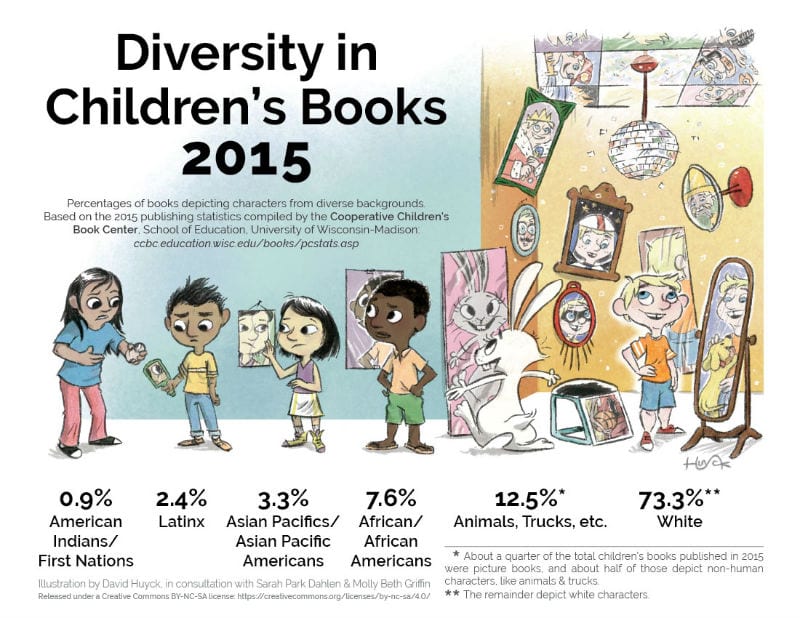 The implications of this lack of diversity in children’s literature are many, as described so well in this quote from an article entitled “Diversity in Children’s Literature” in The World Journal of Educational Research:
The implications of this lack of diversity in children’s literature are many, as described so well in this quote from an article entitled “Diversity in Children’s Literature” in The World Journal of Educational Research:
“Literature is responsible for reflecting society, but in some ways it is also responsible for shaping it. Students are surrounded by literature in American classrooms, but unfortunately the majority of this literature lacks diversity. Children are affected by the books they read; therefore, a restricted representation of characters limits students’ ability to see themselves and others in books. These restricted representations could include but are not limited to books featuring only white characters, books depicting gender in stereotypical roles, or books showcasing characters with disabilities in an inaccurate way. All of these, along with the omission of diverse characters altogether, send subliminal messages to children about what is acceptable and what is ‘the norm.’ Children must be exposed to diverse literature, as this exposure is beneficial to their self-image and social adjustment into society, which is inherently diverse” (Leahy and Foley).
At Eastern Christian Elementary School, we realized that our Media Center was lacking in quality multicultural literature for children, so we recently took steps to make positive changes. With this year’s spiritual theme of “Every Nation, Tribe, and Tongue,” it was even more appropriate to grow our library collection so that it more accurately displays the beautiful diversity that God has created among His people. We purchased 88 new multicultural books for the library including picture books, chapter books, and biographies. We were very intentional about the selections, making sure the books we purchased depict positive reflections of children from a wide range of ethnicities. The purchases were made possible through a combination of funds from our Media Center budget and outside donations.
Students and teachers alike were excited to check out the new books when they arrived! Our ECES Media Specialist, Heidi Kabot, who teaches library classes, hosted a special opportunity for teachers to preview the new multicultural books during a recent lunch period. She stated that “Teachers were impressed with the number of books that were purchased. They enjoyed browsing the books and were considering how they might incorporate various titles into instruction.”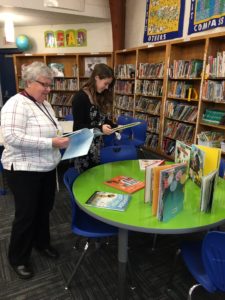
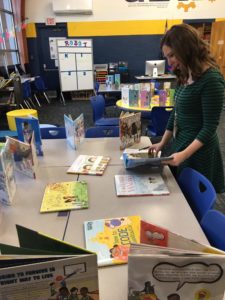

Shortly after teachers got their hands on the new books, the children came in for library classes and were equally excited to take a look at the new options on display. Mrs. Kabot says, “[The students] were thrilled to see a fresh selection [of books] and were eager to check them out. I look forward to book-talking the new series books to generate excitement for characters that students are not yet familiar with.”
While we definitely have a long way to go in raising the overall number of children’s book publications that include multicultural characters, at ECES we have significantly bolstered our collection of diverse literature. We hope that children of all ages, and races will enjoy reading these excellent books, and will learn to appreciate the stunning beauty of God’s diverse creation. And perhaps by drawing attention to this inequality in children’s literature, readers like you may be more intentional about choosing diverse books for you and your children to enjoy.
*2018 Infographic citation: Huyck, David and Sarah Park Dahlen. (2019 June 19). Diversity in Children’s Books 2018. sarahpark.com blog. Created in consultation with Edith Campbell, Molly Beth Griffin, K. T. Horning, Debbie Reese, Ebony Elizabeth Thomas, and Madeline Tyner, with statistics compiled by the Cooperative Children’s Book Center, School of Education, University of Wisconsin-Madison: ccbc.education.wisc.edu/books/pcstats.asp. Retrieved from readingspark.wordpress.com/2019/06/19/picture-this-diversity-in-childrens-books-2018-infographic.
**2015 Infographic citation : Huyck, David, Sarah Park Dahlen, Molly Beth Griffin. (2016 September 14). Diversity in Children’s Books 2015 infographic. sarahpark.com blog. Retrieved from readingspark.wordpress.com/2016/09/14/picture-this-reflecting-diversity-in-childrens-book-publishing. Statistics compiled by the Cooperative Children’s Book Center, School of Education, University of Wisconsin-Madison: ccbc.education.wisc.edu/books/pcstats.asp. Released for non-commercial use under a Creative Commons BY-NC-SA 4.0 license





